The battle of Le Hamel was planned carefully by John Monash, the commander of the Australian Imperial Force on the Western Front. For the first time, infantry, artillery and air force worked together, and tanks were used with much greater success. Launched on 4th July, it was carried out by the Australian 4th Division and four companies of the United States Army. The offensive was a complete success and demonstrated the effectiveness of Monash's tactics.
The village of Le Hamel was secured within two hours and nearly 1,500 prisoners were taken. This decisive victory had quite an impact on British tactics, which to date had relied on attrition and ‘trench warfare’. French Prime Minister Georges Clémenceau was so impressed that he visited Australian soldiers and congratulated them in English.
(Information on Le Hamel was accessed 8/12/07 from http://www.spartacus.schoolnet.co.uk/)
The battle of Le Hamel stands in stark contrast to the foolishness of the original tactics employed by generals who had never seen the battle fields of the Somme in person.
When you see these places, it becomes very apparent just how utterly absurd it was, to send troops on foot, across flat, highly visible fields (which were also littered with vicious German barbed wire), against Germans on higher ground, protected by strong concrete bunkers, behind the concealment of trees .
Seeing the Somme in the freezing cold, in rain and with lots of mud underfoot, simply reaffirmed the suffering of the unfortunate soldiers, and the pathos of the huge loss of life in those battles. One information board had a great impact on Elizabeth, as it reinforced the foolishness of many tactics of the generals.
Bent on using tanks, General Haig had asked those in the field to indicate where the ground was too marshy for tanks to operate. The officers in the field obliged, and produced a map that showed the marshy areas covered a majority of the battlefields. Haig’s response was to tell them never to send him such a ridiculous map again, and sent the tanks anyway. Their uselessness and increase to the misery of the troops was thus guaranteed as they bogged, sunk and refused to move in the Somme mud.
(tank picture from history1900s.about.com)
Light was now fading, and we had one last cemetery to visit. We were in search of the grave of Oliver Charles Wood, another cousin of Elizabeth’s maternal grandmother. The tiny cemetery of Hancourt was basically up a muddy lane in a farmer's backyard.
It was almost night when we arrived there, so it was quite spooky and very atmospheric, as dark leafless trees stood out starkly against a dark blue sky, with the cross of sacrifice and the tombstones shining white in contrast to the black trees.
Oliver Woods belonged to the 49th Battalion; he served at Ypres in Belgium through the summer of 1917. On 19 October 1917, Oliver was wounded in action, suffering gunshot wounds to the right leg, wrist and chest. He was hospitalized in England for some months, and then had a brief furlough in February 1917.
Oliver returned to his unit on 31 July 1918. During this year, following the collapse of the Russian Army, a major German offensive had been launched in France; the 49th Battalion was involved in the defence at Dernancourt and attack at Villers-Bretonneux in March–April 1918. It was part of the attack on the Hindenburg Line in September, and it was here that Oliver Woods was killed in action at Vendelles on 15 September 1918. It was only 6 weeks before the Australians were to cease action.
A number of his fellow soldiers gave accounts of his wounding to the Red Cross. We have found these reports online:
“At Vendelles on September 15th 1918 at 4p.m. we were in supports when Woods was badly wounded in the lower part of the body with a piece of shell. He was conscious but very weak. He received immediate attention from S/B who carried him away after dressing his wound.” (P.D. Schafer, 3700, 49th Battn.)
“At Vendelles on September 15th 1918 at 4p.m. we were in supports when Woods was badly wounded in the lower part of the body with a piece of shell. He was conscious but very weak. He received immediate attention from S/B who carried him away after dressing his wound.” (P.D. Schafer, 3700, 49th Battn.)
“At Vendelles on Sept. 15/18 at 4p.m. we were in support trenches when Woods was badly wounded in the hip and groin by a shell. He was conscious and kept repeating the name ‘Edie’ but left no message. I dressed his wounds and helped to carry him to the RAP from which he was sent on to the CCE but he died on the way there. I visited his grave at a military cemetery near Vendelles. A battalion cross was erected over him.” (C.C. Afflick, 3102.)
We now headed back to Camalou, on what was a long, dark, rainy drive. We eventually arrived in Ypres, just in time to attend the Menin Gate ceremony for the second night. We then had dinner at another Flemish Café, and were promptly picked up by Christian after our meal was finished. We then returned to pack, sort out artifacts acquired, and watch Belgium TV.
The next morning, after an early breakfast, Christian drove us to Lille to catch our Eurostar train back to London.
At this point it seems appropriate to write something more of Annette. Annette was determined that we should see all the grave sites we had listed as important, as well as various battle sites, memorials and museums she thought would be of interest to us as Australians and historians.
The next morning, after an early breakfast, Christian drove us to Lille to catch our Eurostar train back to London.
At this point it seems appropriate to write something more of Annette. Annette was determined that we should see all the grave sites we had listed as important, as well as various battle sites, memorials and museums she thought would be of interest to us as Australians and historians.
She was tireless in this pursuit, as well as being unfailingly helpful, interesting and knowledgeable – and she spoke English, French and Flemish fluently, so it didn’t matter what part of the countryside we were in.
Our accommodation at Camalou was excellent. If anyone out there reading this would like to see the battlefields of Belgium and France, then we highly recommend you stay at Camalou. Annette and Christian will happily pick you up and drive you to train stations, restauraunts and the Menin Gate ceremony in Ypres.
If you hire Annette as a tour guide, you will be driven many 100s of miles to graves, battle sites, museums and other places of interest Belgium and France.
For more information, see the guesthouse website at http://www.camalou.com/ and the battlefield tour site at http://www.visit-ypres.be/
We arrived at the newly refurbished St Pancreas station in London (above) at 10.50am, then walked across the street to Kings Cross station (below).
We then caught our next train to Cambridge, arriving there around 12.30pm. Our great European tour had now ended.

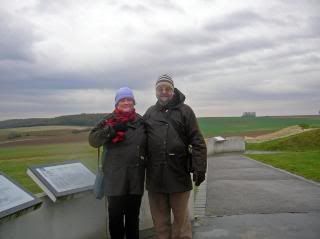
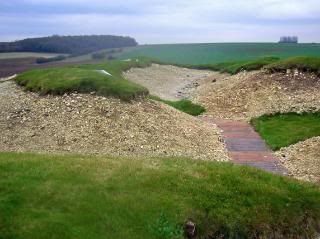
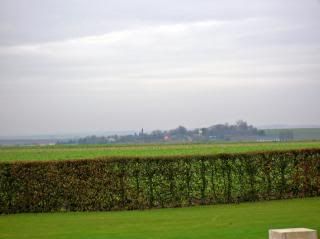



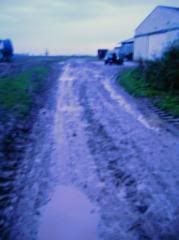


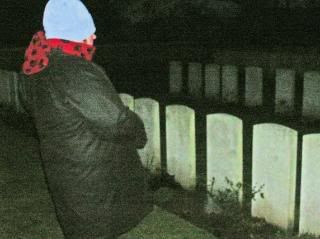

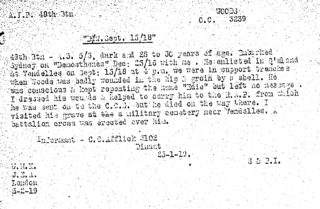
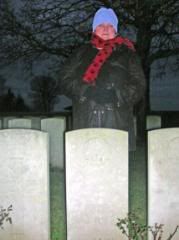
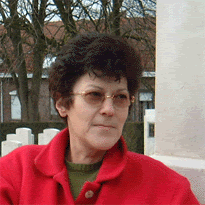
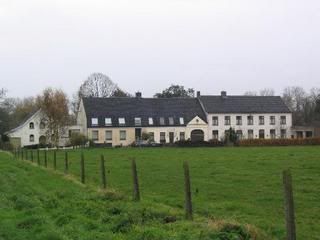
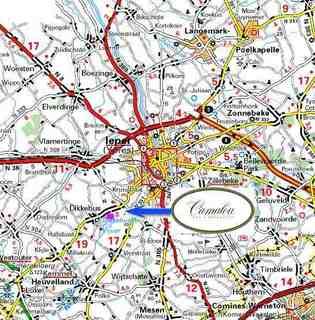
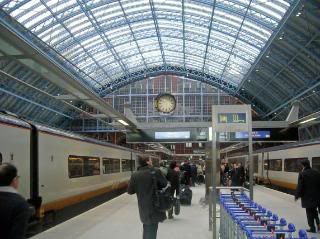
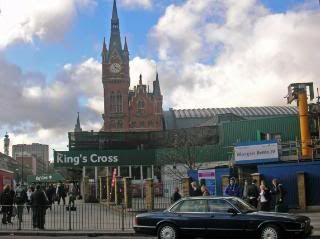
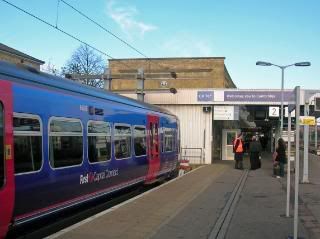

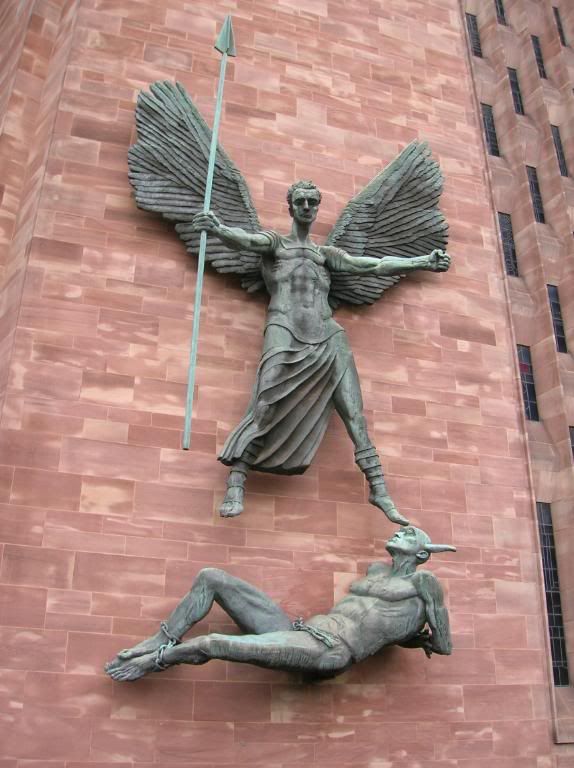

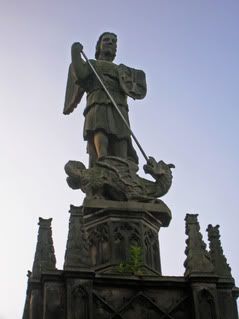
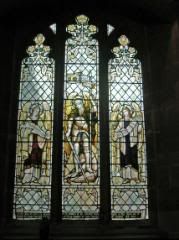
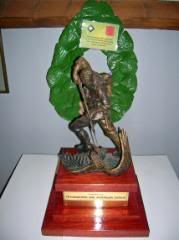
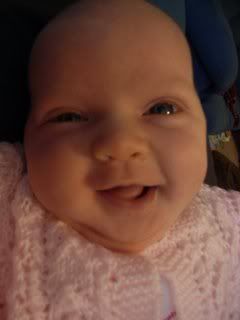

No comments:
Post a Comment